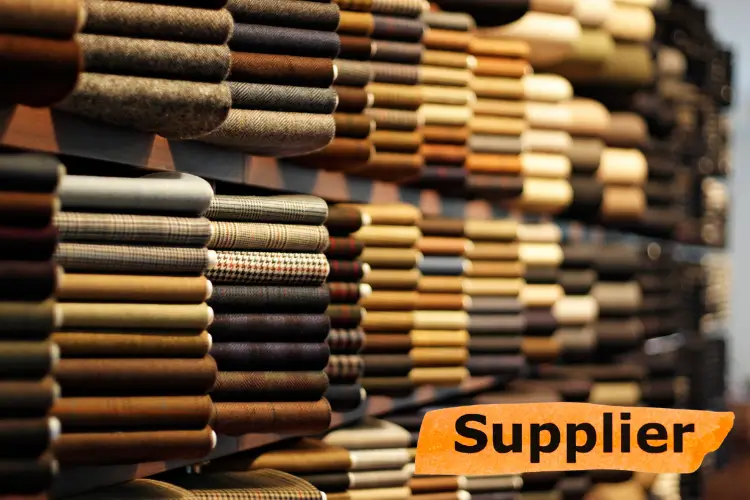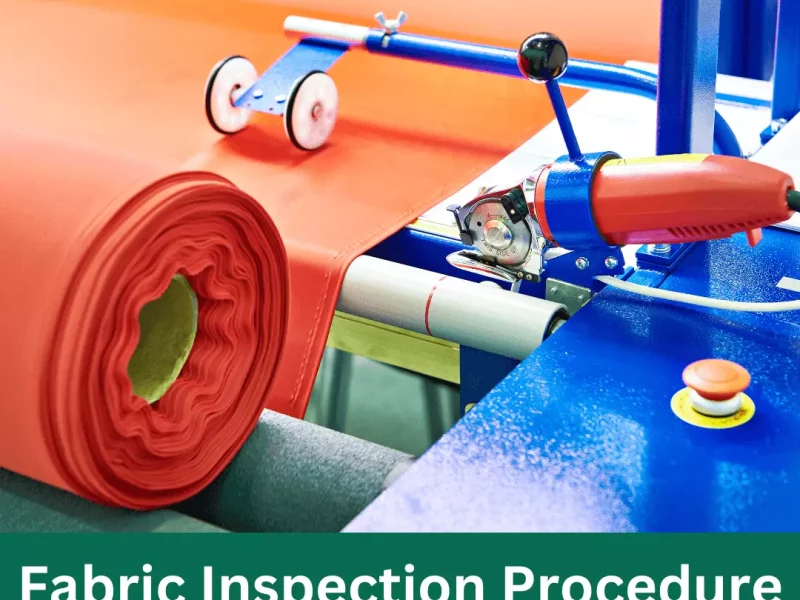The vast textile industry offers numerous opportunities for those passionate about fabrics, fashion, and interior design. As a fabric supplier, you play a vital role in the supply chain, linking manufacturers with retailers, designers, and consumers. This guide aims to offer a comprehensive overview of the steps needed to establish yourself in this competitive industry. From understanding market demands to establishing reliable supply chains and marketing your products, you will cover essential aspects to help you succeed in the fabrics business.
Understanding the Market
Before diving into the fabrics supply business, conducting thorough market research is crucial. Understanding the current trends, demands, and competition in the textile industry will provide a solid foundation for your venture. Identify the types of fabrics that are in high demand, whether it’s cotton, silk, wool, or synthetic materials. Additionally, explore the niche markets within the industry, such as sustainable or luxury fabrics, to find your unique selling proposition. Analyzing your competitors will also help you identify gaps in the market that you can fill, giving you a competitive edge.
Building a Business Plan
A well-structured business plan is essential for any successful enterprise. Outline your business goals, target market, and strategies for sourcing and selling fabrics. Include financial projections, such as startup costs, expected revenue, and profit margins. A clear business plan will guide your operations and attract potential investors or lenders. To comprehensively understand your business environment, consider incorporating a SWOT analysis (Strengths, Weaknesses, Opportunities, Threats). This strategic planning tool will assess your internal capabilities (strengths and weaknesses) alongside external factors (opportunities and threats) within the fabrics supply industry. Integrating this analysis into your plan will establish a clear roadmap, guiding you with focus and organization as you navigate the industry’s complexities.
Sourcing Quality Fabrics
Establishing reliable sources for high-quality fabrics is critical to your success. Research and connect with reputable fabric manufacturers and suppliers locally and internationally. Attend trade shows, fabric fairs, and industry events to network and discover potential suppliers. Building strong relationships with manufacturers ensures a consistent supply of fabrics and can lead to better pricing and exclusive deals. Additionally, consider the logistics of importing fabrics, including customs regulations and shipping costs, to ensure a smooth supply chain operation. For example, using platforms like Shiply.com can help you find competitive shipping quotes and reliable transport providers for your fabric imports, ensuring safe and cost-effective delivery. Quality control is paramount, so always verify the standards of the fabrics you source.
Setting Up Your Operations
Once you have a solid plan and reliable suppliers, it’s time to set up your operations. Select an appropriate location for your business, whether it’s a physical store, a warehouse, or an online platform. Ensure your space is equipped to store and handle large quantities of fabrics. Invest in necessary equipment, such as cutting tables, shelving, and packaging materials. Implement effective inventory management systems to monitor stock levels and handle orders smoothly. Also, hire skilled staff knowledgeable about fabrics and can assist customers effectively. Streamlined operations are crucial for meeting customer demands and maintaining a high level of service.
Marketing and Sales Strategies
A strong marketing strategy is crucial for attracting and retaining customers. Develop a distinct brand identity that embodies your fabrics’ exceptional quality and unique character. Implement a multi-channel marketing approach, utilizing both online and offline strategies to reach your target audience. Develop an engaging website to display your products and use social media platforms to connect and build relationships with potential customers. Increase your visibility through participation in industry events, trade shows, and local markets. Consider offering samples, strategic discounts, and loyalty programs to incentivize purchases. Fostering relationships with designers, retailers, and other industry players can unlock valuable partnerships and expand sales opportunities.
Understanding Legal and Financial Aspects
For long-term success, navigating your business’s legal and financial aspects is essential. Secure the appropriate registrations, licenses, and permits for your business operation. Gain a thorough understanding of industry regulations, encompassing areas like labeling requirements and import/export laws, if applicable. Implement robust financial practices, including meticulous bookkeeping, budgeting strategies, and unwavering tax compliance. Consider collaborating with a financial advisor or accountant to optimize your financial management. Additionally, safeguard your business with appropriate insurance coverage, encompassing liability and property protection. By adhering to legal and financial requirements, you can reduce potential risks and ensure the smooth operation of your fabric supply business.
Embracing Sustainability
Sustainability is rapidly becoming a cornerstone of the textile industry. As a fabric supplier, integrating sustainable practices can differentiate you from competitors and resonate with environmentally conscious consumers. Source eco-friendly fabrics such as organic cotton, bamboo, or recycled materials. Implement sustainable practices like waste reduction, energy conservation, and eco-friendly packaging throughout your operations. Inform your customers about the benefits of sustainable fabrics and actively promote your commitment to environmental responsibility. By focusing on sustainability, you help create a healthier planet and appeal to a growing market segment that values eco-friendly practices.




